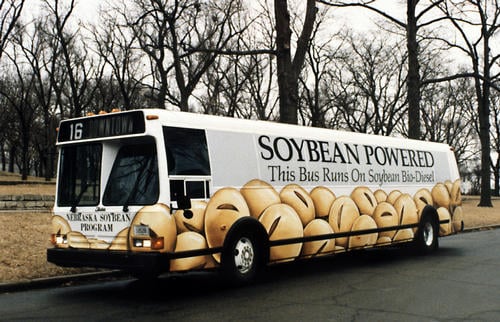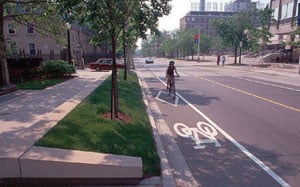There is this old saw: “If it ain’t broke; don’t fix it.” All well and good if it can be determined unequivocally if some “thing” is working properly and therefore is not in need of fixing. To toot my own horn, that’s a pretty good analysis if I do say so myself.
This is not the same sort of thing as improving upon some “thing” even if that some “thing” doesn’t need fixing, as it were. And, as I understand things, this is the basis of the concept known as “continuous improvement.”

I mean, look at what we humans have at our disposal to allow us to get from Point A to B, etc., and back. It’s really amazing when you think about it.
First there was just the two feet. Then there was 4-foot or 4-hoofed transport (on animal back). This was followed by animal-pulled conveyances (e.g. carriages and wagons – covered, Conestoga or otherwise). Hot on these heels were strings of carriages either tethered to a lone animal or teams thereof (horses, mules, cattle, oxen, you get the idea) or cables, the conveyances pulled on tracks, whether on level ground or up and down hills.
Not long thereafter came rail wagons pulled by a horse of a different feather, in a manner of speaking; those made of iron, this presumably how the term “iron horse” (steam locomotive) came into being.

When I look at the improvements that have come, even in my own lifetime, here, again, it’s amazing! The speed at which technology has advanced – incredible!

Now getting back to this practice, principle of continuous improvement, as it has to do with smoke and pollutant emissions pouring from steam locomotive exhaust stacks, at the turn of the 19th into the 20th centuries, people in places like New York City and Baltimore, Maryland, to name just two, fast learned about the health hazards that smoke from steam-locomotive exhaust presented, especially in confined spaces like tunnels (roundhouses, too). As a result, smoke-abatement measures went into effect. In response in some cases, railroad lines were electrified, the power for said trains being in the form of electricity.
Now keep in mind that unless the electricity generated for such was sourced from water (hydroelectric generation) pollution still resulted. Instead of it being from the trains themselves, it was emitted at the electricity generating site. A far-improved system, no question, but, by the same token, the method was far from ideal.
Which brings this discussion to the hybrid concept. Though not ideal where emissions mitigation is concerned, in my opinion, hybridization is a far cry from straight internal-combustion engine power.
It isn’t just that emissions from such are substantially reduced – that’s great, don’t get me wrong. It is also that these vehicles, whatever the form, are so much more efficient and, by virtue of this, are far more economical to operate.
Now if only sailing vessels and flying machines could likewise “hybridize.” That this day should arrive, nothing short of amazing that development will be!
Oh, and a reminder: May is National Bike Month and today brings to a close National Transportation Week, which began May 15th this year.
– Alan Kandel

